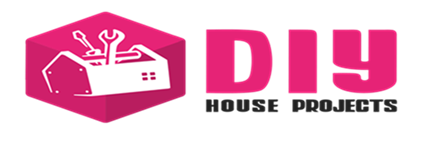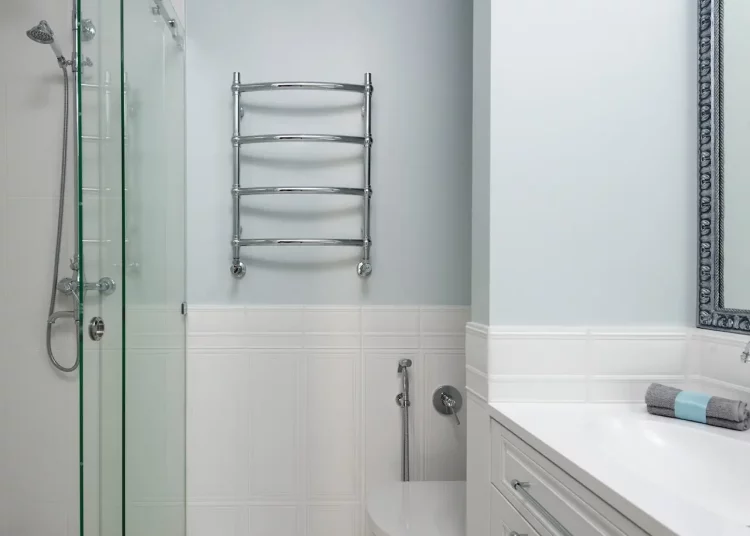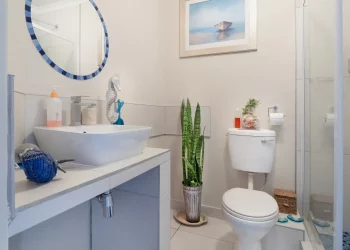Have you ever wondered what’s going on behind the scenes of your everyday shower? Today we’re breaking down the basics of shower plumbing so that you can better understand how it all comes together from installing showers from scratch to finding solutions for minor problems.
Several parts work together, from pipes to fittings, to create a functional and safe shower. Understanding these key components can help you make more informed decisions on all shower installation and maintenance aspects.
The Most Common Shower Plumbing Parts
- Shower Head
Thinking about getting a new showerhead? There are many shapes, styles, and sizes to choose from. You can find traditional round ones and more modern square designs.
Don’t forget to consider US water conservation laws when you shop the right head for you should work with those regulations.
And replacing it is easy in case it ever breaks down. Check out the options today to get the perfect showerhead for your needs.
- Hot and Cold Water Pipes
Replacing old hot and cold water pipes in your shower is a great way to ensure you have the best shower experience. If your home is older, the pipes are likely made of galvanized steel which can cause sediment to build up over time.
This can lead to decreased water pressure. Replacing these pipes with copper, PEX pipe, or fittings is a good option to get the most out of your shower. Copper is popular in the United States, but PEX may be a better choice due to its lower cost and ease of installation.
Upgrading your pipes now will save you money and give you a better shower experience.
- Shower Valve
Keeping your shower temperature right is essential for a comfortable experience, and that’s where the shower valve comes in. This plumbing part considers how much water is released at once and its temperature.
To ensure the best possible shower experience, pressure-balanced or thermostatic valves should be used this way, you won’t have to worry about any sudden shocks from the overly hot or cold water.
Many showers have an extra tub spout that can provide even more water when needed.
- Shower Cartridge
A shower cartridge is a shower valve component that controls the water’s flow and temperature. It works by mixing hot and cold water to achieve the desired temperature, which is regulated by the position of the handle or knob.
The cartridge contains rubber seals and ceramic disks that open and close in response to changes in water pressure, allowing water to flow through the valve at a consistent rate. Over time, cartridges can become worn or damaged, leading to leaks or inconsistent temperatures.
Replacement cartridges can be purchased and installed to restore proper functionality to the shower valve.
- Shower Strainer
The shower strainer is an essential part of your shower’s plumbing system. This drain cover is usually found on the shower floor and prevents any waste from going down the drain and causing a clog. It is typically made of steel or aluminum and has many designs to match your bathroom decor. It may be small, but it plays an important role in helping you keep your shower clean and free from blockages.
- Shower Pan
The shower pan is important in ensuring your bathroom floor stays safe from water damage. It lies beneath the shower base like a protective barrier. If you notice a leak, it’s important to investigate and find out what is causing it.
It can often be fixed simply by re-grouting, but if the leak is coming from the shower pan, you’ll need to call a professional repairman for help.
In the past, plumbers used lead to make shower pans, but now Chloraloy has become more popular this material is made of lightweight rubber and strong cement that can prevent leaks.
Shluter also makes special drain pan kits for extra protection against leaks. These can be expensive, but they’re worth it if you want guaranteed leak-proofing.
How Does a Shower Work: A Step-by-Step Guide
Now that we’ve talked about the six main shower plumbing parts and their use let’s look at how they all work together to allow us to use the shower.
- Turning on the knobs triggers cold water flow through the supply line and into the hot and cold water pipes that lead to your shower head.
- The cold water enters your water heater where it is heated up to your desired temperature.
- The warm/hot water passes through one or several diverter valves (if you are using multiple shower devices such as a bathtub or another showerhead) before reaching the mixing valve.
- This device mixes hot and cold water together before reaching you at a desired comfortable temperature.
- After use, lukewarm water is removed from your showerhead via a drain lined with strainers that catch any unwanted debris, like bits of hair or soap, so they don’t get clogged up inside your unit’s drainage system.
- From there, it continues down a P-trap (a curved pipe beneath every sink) until it finally makes its way into the waste lines below, then to its destination, either to be disposed of by your sewer system or septic tank.
Key Takeaways:
- The six main plumbing parts used in a shower system are the shower head, hot and cold water pipes, shower valve, shower cartridge, shower filter, and shower pan.
- Cold water flows from your supply line through hot/cold pipes into your shower head, where your water heater heats it and is mixed with other shower add-ons like a bathtub/other heads if activated before being delivered at a comfortable temperature.
- Wastewater is taken away via a drain lined with strainers for capturing debris, followed by a P-trap before reaching its final destination, the sewer/septic system.
Common Questions in Shower Plumbing
Where is the plumbing for the shower?
To know exactly how the plumbing works, looking at the pipes behind your shower wall and under the floor is best. Inside, you’ll find two main water lines connected to the shower valve one supplying hot water and one supplying cold.
When you adjust the handle or knob for your shower, you’re controlling hot and cold water flow from these lines into your showerhead.
What is the most common shower valve?
Pressure balancing valves are the most common type of shower valves, as they help to keep water temperature consistent and prevent scalding.
These valves work by actively detecting changes in hot and cold water pressure and adjusting each supply accordingly so that no matter how you turn the handle or adjust the settings, you can enjoy a steady stream of hot water at the desired temperature.
Installing a pressure-balancing shower valve is a relatively easy project that can be completed in just a few steps.
Here’s what you’ll need to do:
- Turn off the water supply and disconnect the existing shower plumbing.
- Install the pressure balancing valve and attach it to the existing plumbing lines with fittings, or use flexible tubing for easier installation.
- Connect the handle and trim of your desired showerhead and turn on the water supply to test for leaks.
- Adjust the valve settings as needed, then test out your new shower.
What’s a shower flange?
A shower flange is a component that covers the hole where the shower arm attaches to the rough pipe in the wall. It helps provide a polished and finished look to your shower while preventing water from dripping from the hole.
What is a solenoid valve in a shower?
A solenoid valve is an electrical switch that controls water flow in a shower. When power runs through the coil, it energizes and allows the water to pass through, which then goes on to the stabilizer or flow control valve.
This helps ensure that only accurate amounts of water are released from the showerhead, so you don’t waste any.
What is a shower stem, and how do you remove it?
A shower stem is an important part of the shower valve assembly. It is a metal piece that connects to the inner parts of the valve, allowing it to be opened and closed.
To remove it, you must locate the retaining screws that hold it in place, then use appropriate tools such as wrenches or pliers to loosen them and remove the stem.
Ensure all packing washers are in place before replacing the stem with a new one.
Summing Everything Up
We hope today’s guide gives you more insight into your shower plumbing installation and each component’s role. No matter how experienced we are with using a shower, most of us aren’t necessarily knowledgeable about the mechanics behind plumbing.
Fortunately, some parts are simple enough to replace without a professional plumber’s assistance. If you’re already handy and have the right equipment, replacing a shower head or unclogging a drain shouldn’t take too much time or effort.
Remember, you must always switch off the main water valve before attempting any repairs or installations with the shower plumbing. Plus, if you don’t feel confident about fixing an issue, don’t hesitate to call an expert for help.
This way, you won’t have to worry about jeopardizing your safety or unintentionally damaging something else in the house.




















